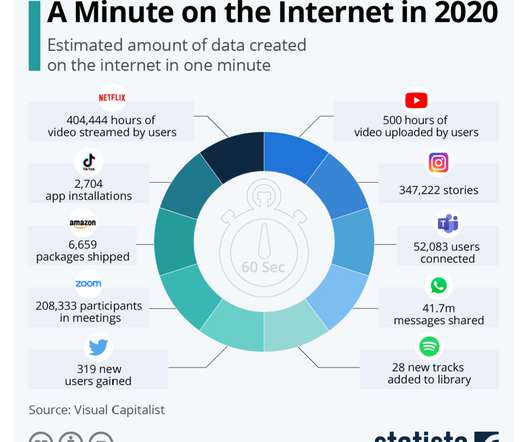Information Literacy and Records Management
Brandeis Records Manager
FEBRUARY 9, 2018
Info literacy has largely become the preserve of the library community , with a focus on teaching scholars and citizens to navigate and to differentiate the information that confronts us. Should it exclude responsibly destroying or deleting redundant, obsolete, and trivial (ROT) info? Sound familiar? I don’t think so.












Let's personalize your content